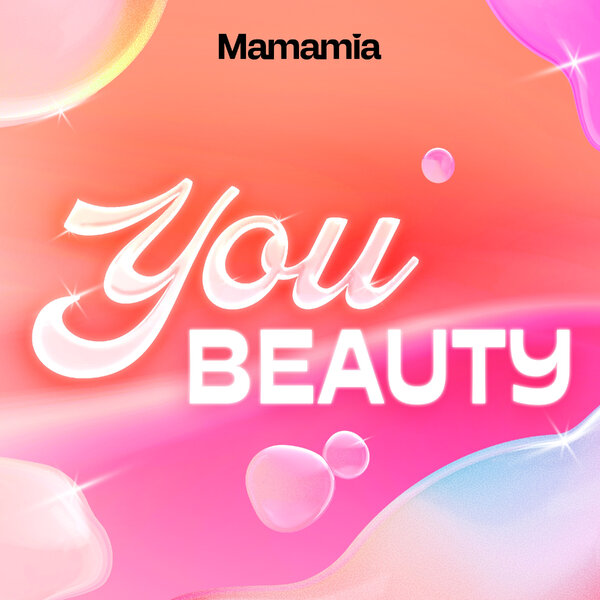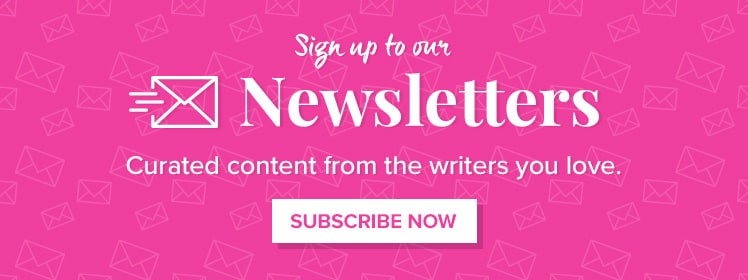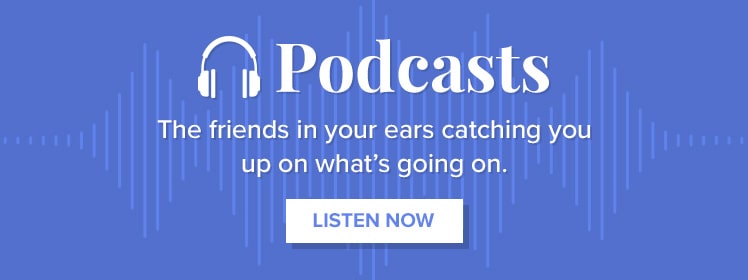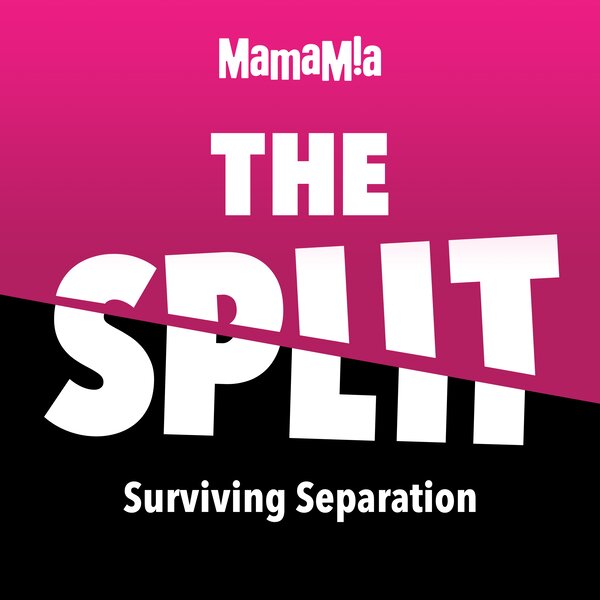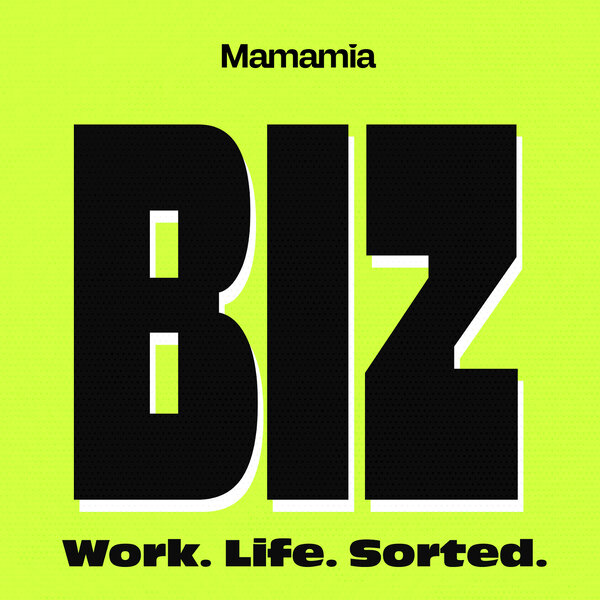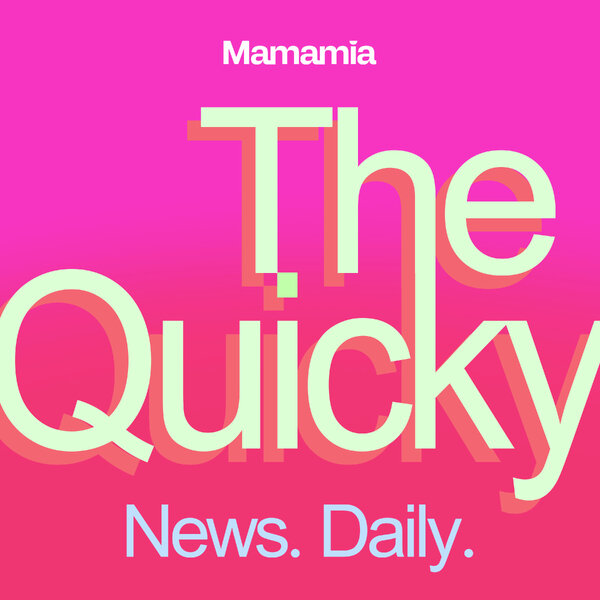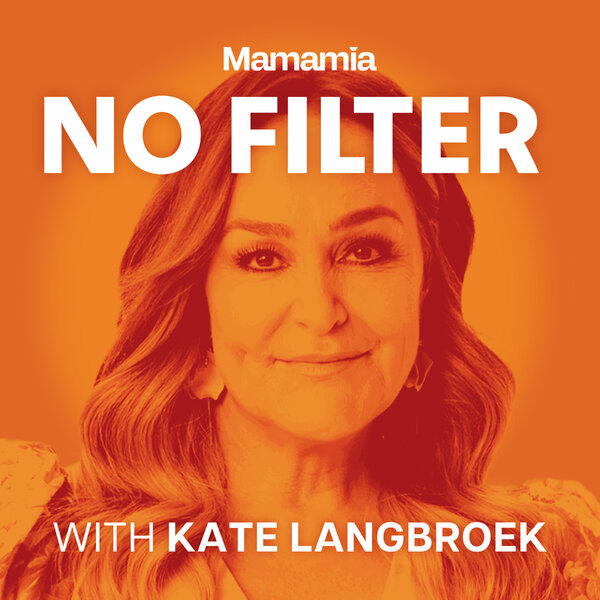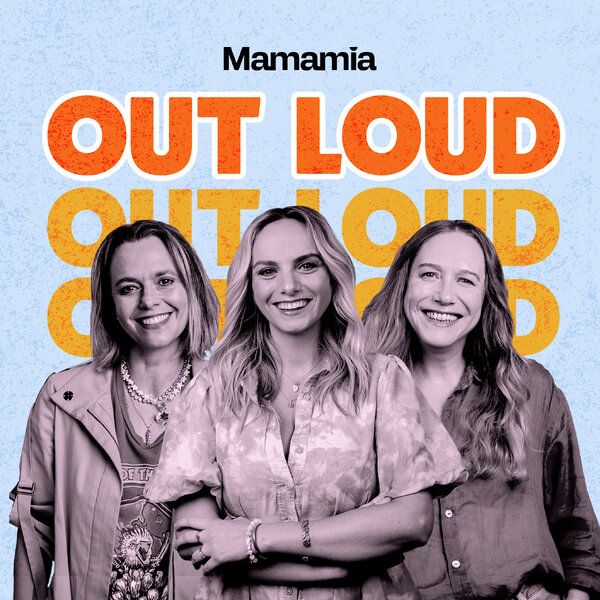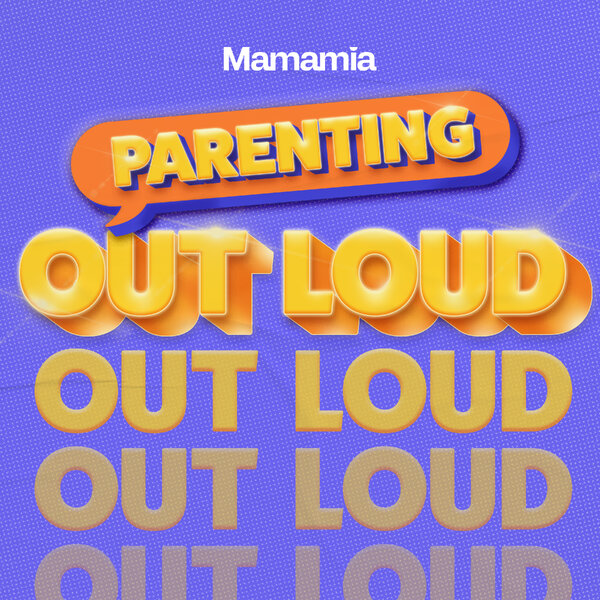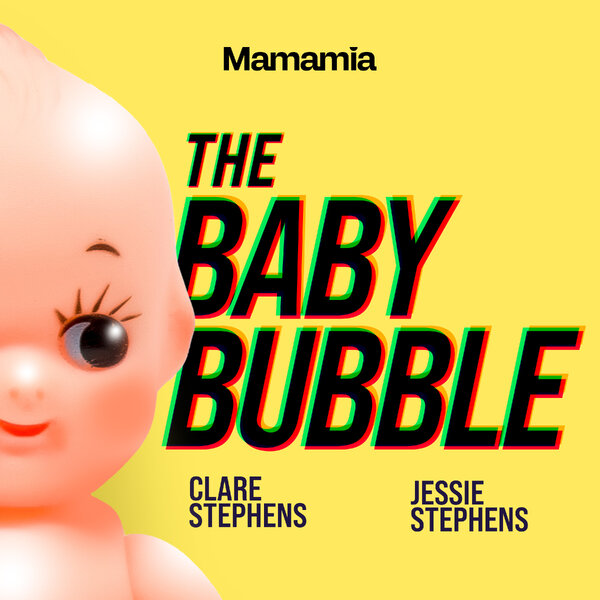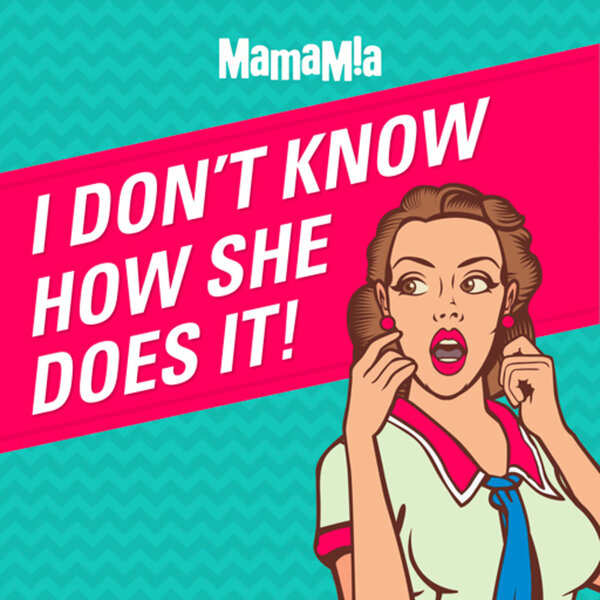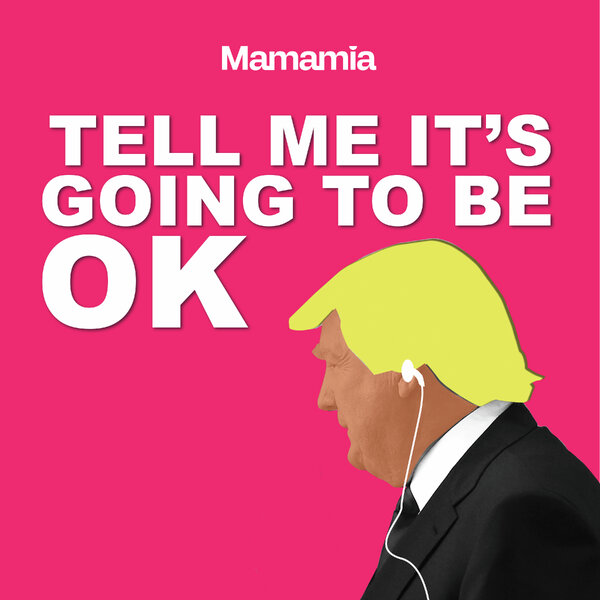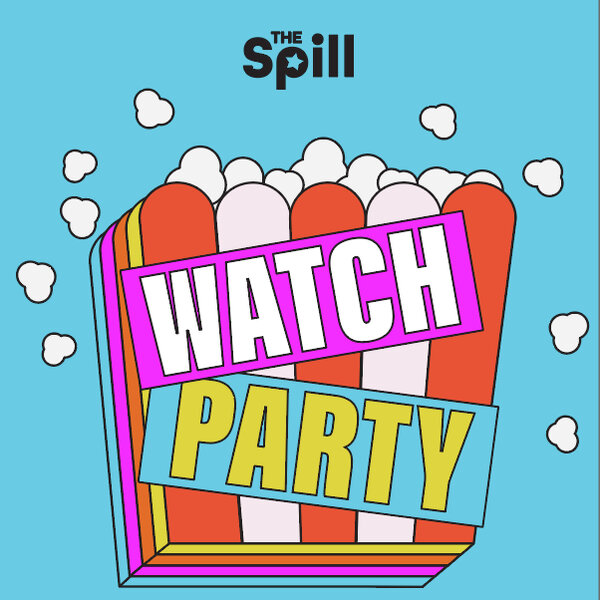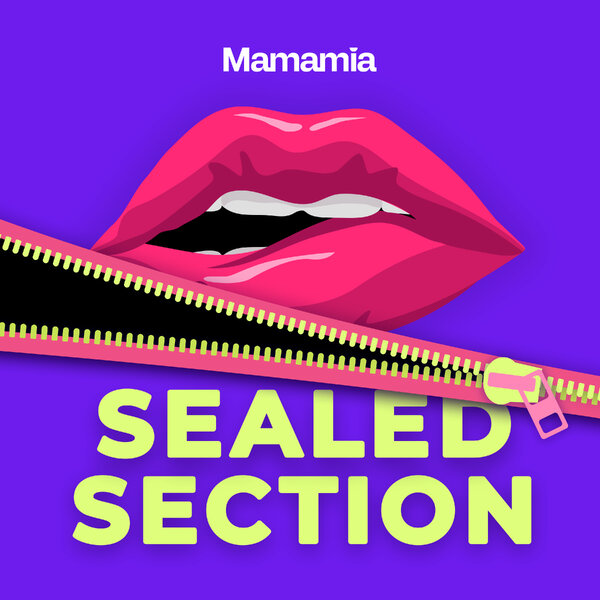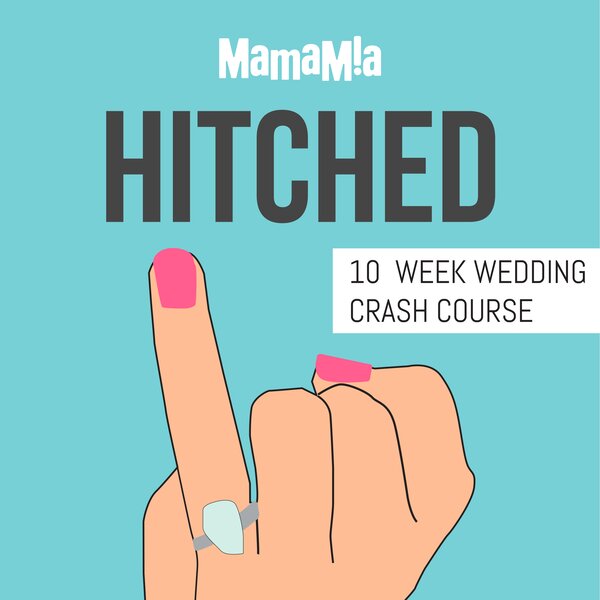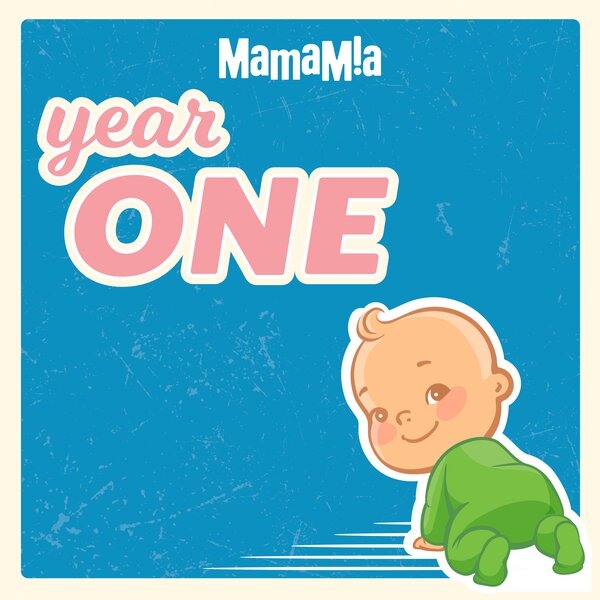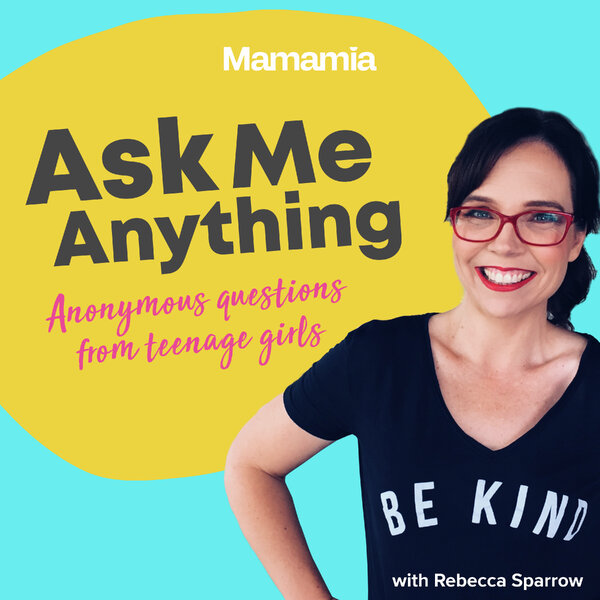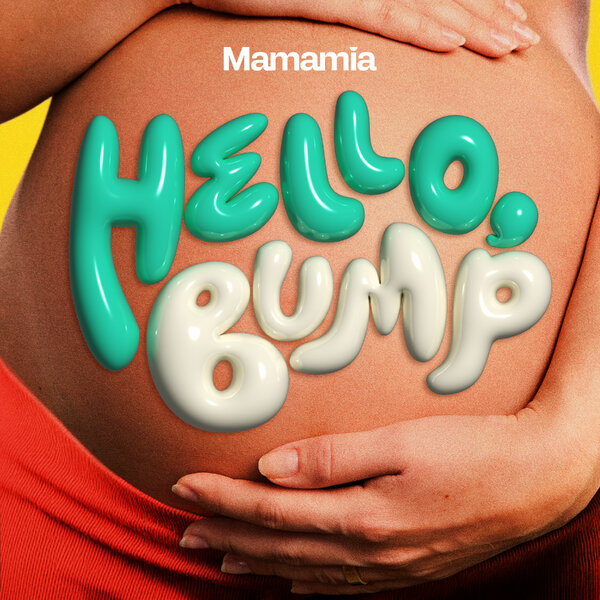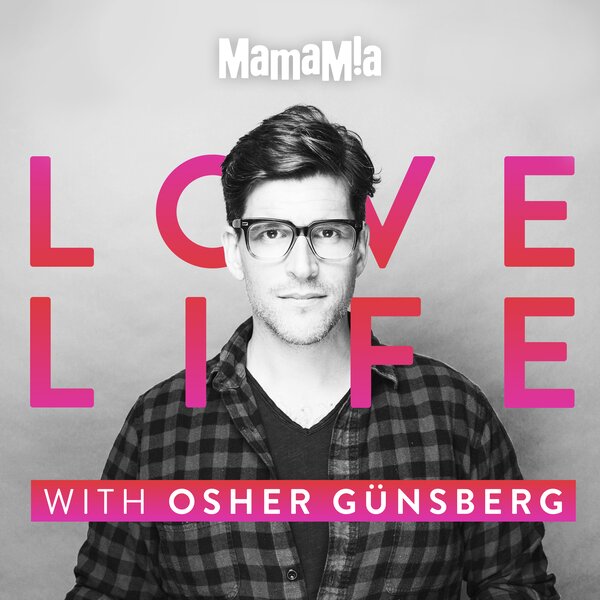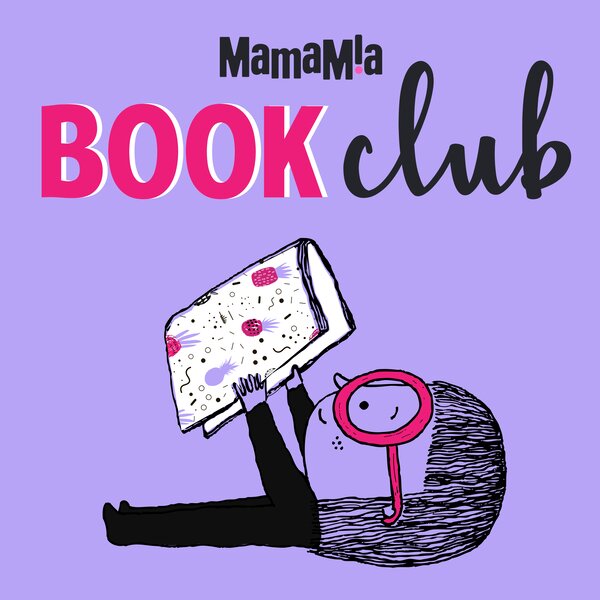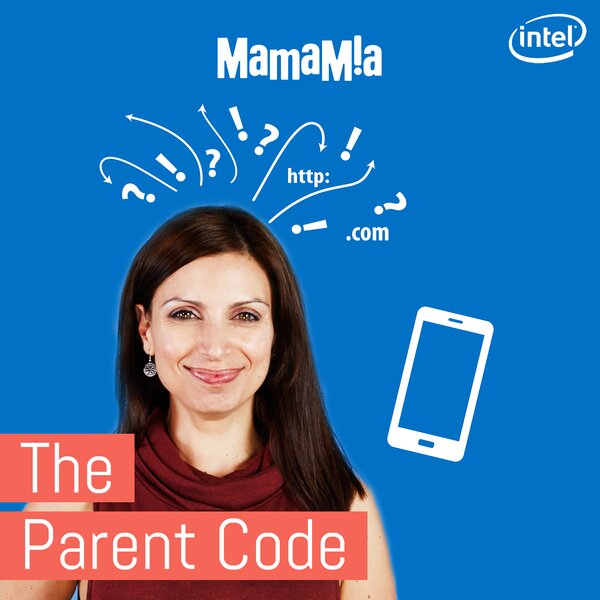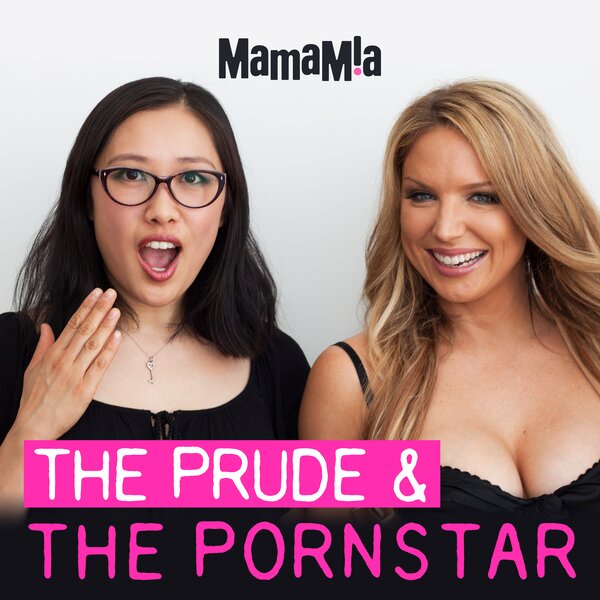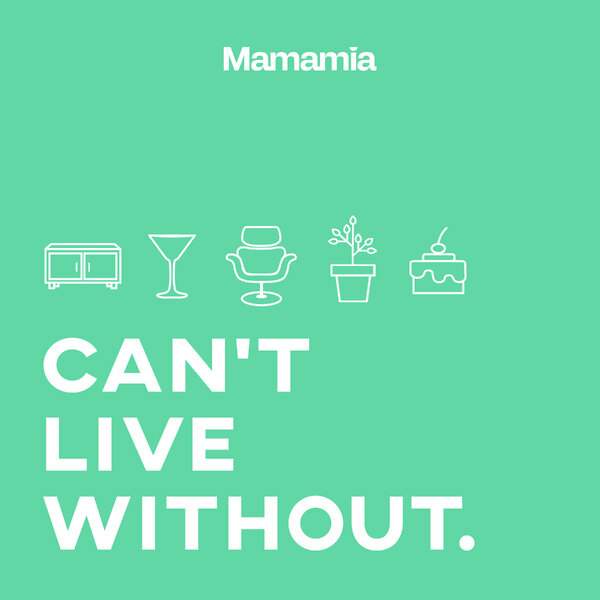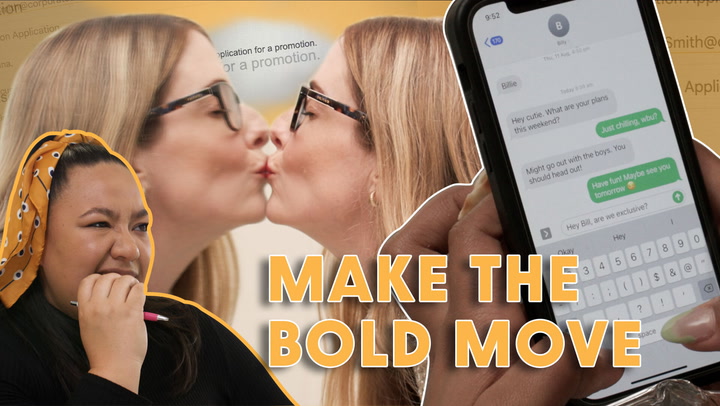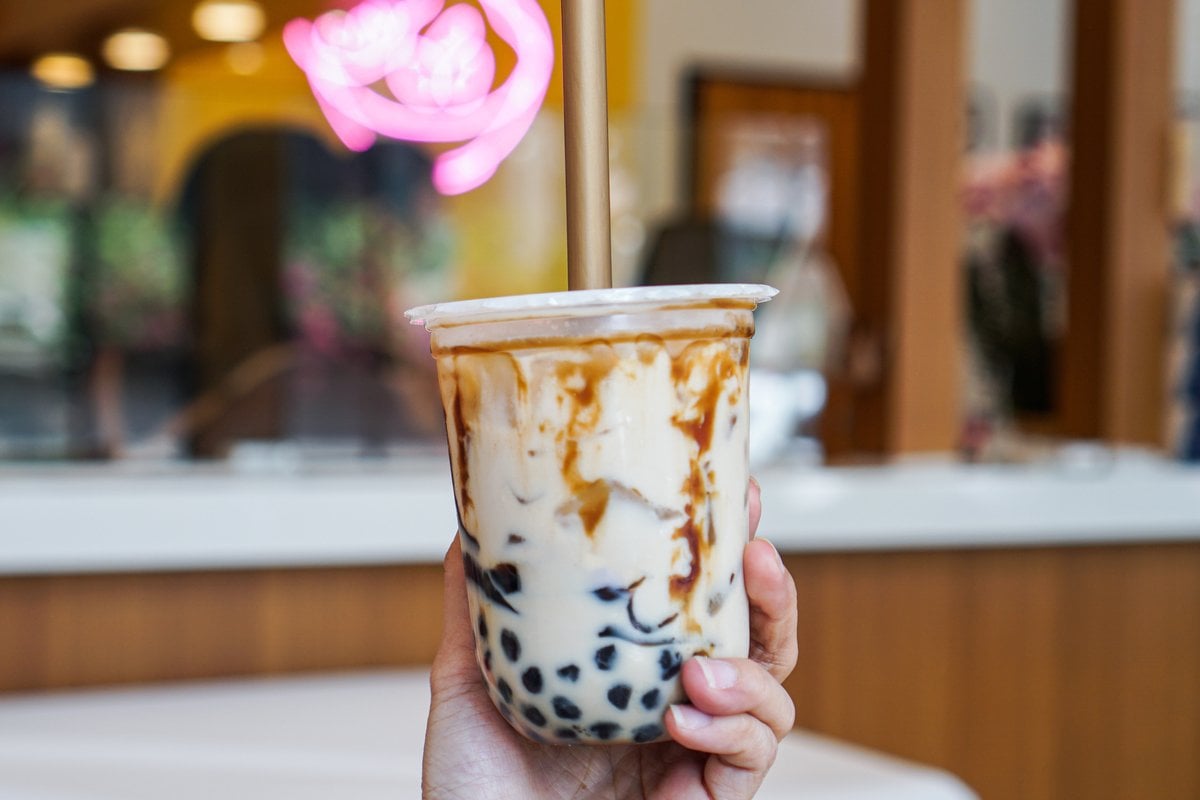
Life today is stressful. Since the start of the pandemic, social media has been flooded with coping mechanisms and wellbeing trends to help people manage their emotions and worries about the state of the world. If you’ve tried therapy and "hot girl walks", you may also have heard of the latest life hack: buying yourself a little treat.
Inflation and high cost of living is putting holidays and luxury goods out of reach. In their place, indulgences like coffees, ice cream, lipstick or face masks can deliver pleasure in small doses. Treats are not expensive, nor are they a huge commitment. The ideal treat might be from a shop within walking distance of your home or office. You might even think of an episode of “guilty pleasure” television as a treat – a mid-afternoon Emily in Paris break, for example.
“Treat culture” is not an entirely new concept. You may have heard it called the "lipstick index", the theory that consumers buy low-cost luxuries to boost their moods in difficult times. There is a wealth of research on "compensatory consumption", where people spend money to deal with perceived threats to their self-esteem, confidence or happiness. Treat culture is “retail therapy”, but with a focus on small, inexpensive purchases rather than a shopping spree.
This article is part of Quarter Life, a series about issues affecting those of us in our twenties and thirties. From the challenges of beginning a career and taking care of our mental health, to the excitement of starting a family, adopting a pet or just making friends as an adult. The articles in this series explore the questions and bring answers as we navigate this turbulent period of life.
